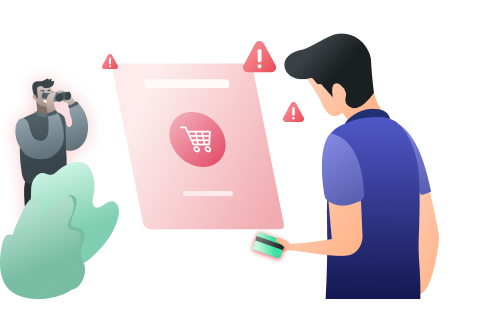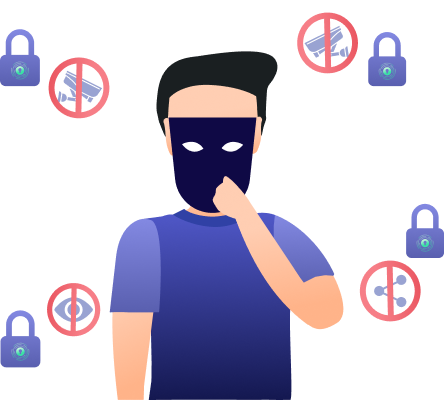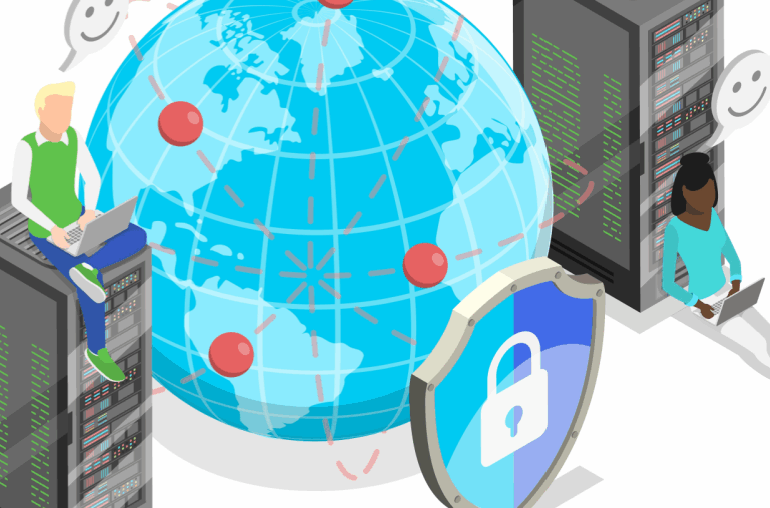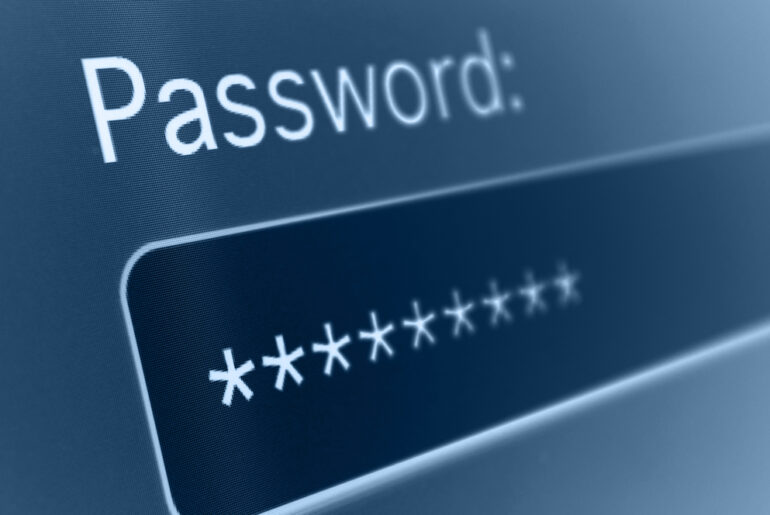The recent rise in organized cybercrime has shown experts that hackers are partnering together to build robust affiliate networks. These dangerous networks, known as “malware gangs,” intend to attack as a unit using botnets. Through the use of “robot networks,” cybercriminals are creating stronger methods of invading vulnerable channels.
Security breaches in recent years have grown considerably, with over 17% involving malware. Combatting these coordinated privacy attacks can be a challenge. However, it’s necessary to understand the best ways to defend yourself from an organized security threat.
Malware, Ransomware, and You
As cybercriminals ramp up their efforts to infiltrate businesses, there is more at stake than an invasion of privacy. Malicious software, otherwise known as “malware,” is unknowingly downloaded onto a system or network through a variety of methods. Many forms of malware come from suspicious emails, while others exist on untrustworthy websites or through file sharing.
Unlike malware, ransomware’s sole purpose is to force companies to pay for data that has been illegally obtained by cybercriminals. Ransomware can be used to infiltrate admin accounts and spread their infection to every corner of a given network. It can also steal and corrupt data, depending on what will garner the most money from the victims.

Organized Cybercrime and Malware Gangs
One of the most dangerous aspects of malware gangs is their coordinated attacks on organizations with highly vulnerable security measures. These cyberattacks are centered around obtaining information or forcing companies to pay for the safe return of their data. As these criminal organizations grow in frequency, more businesses are being attacked.
Hackers have formed collectives that offer ransomware-as-a-service (RaaS) to anyone who can afford to pay for the delivery of private information. This means that a distributor can reach out to one of these gangs and pay them to hold personal data from organizations until they make a payment. This is where the term “ransomware” originated: with malicious programs that force companies to pay for their own information.
Many of these crime rings are composed of individual hackers who have never worked together. However, some malware gangs have joined together for a more organized approach. Depending on the information that they’ve been paid to obtain, teams can work in small or large groups to attack vulnerable companies. These groups are dangerous for businesses that cannot detect their presence before it’s too late.

The Dangers of Organized Malware Gangs
Cartels of hackers and cybercriminals can infiltrate unprotected networks with more ease than a threat actor who operates alone. Through coordinated attacks on unencrypted data, these teams use multi-level techniques to gather information from their victims.
Partnerships among groups of cybercriminals have introduced threats to businesses and companies who are unprepared, costing them millions of dollars. Depending on the level of damage, the average cost of an organized malware attack is estimated at over $2.5 million.
The growth of malware gangs has presented various challenges to the field of cybersecurity. Working together allows these groups to introduce new ransomware variants, which grew by 46% in 2019.
Assets purchased on the dark web help malware distributors get their ransomware in the right place at the right time. Notably, these attacks are often directed at small businesses. These companies have a higher likelihood of responding to cyberattacks, which makes them a prime target for malware gangs.
Organized cybercriminals don’t stop at small businesses, however. Security attacks have risen in the past few years to include high-level organizations, including:
- Federal and state agencies
- Healthcare facilities
- Educational centers
- U.S. fuel pipelines
- Meat-packing companies
- Police departments
- Financial institutions
Most attacks lobbied against these organizations are done to obtain private data or money. Ransomware is deployed to force companies to pay large sums of cash to the hackers who are denying them access to their information. Depending on the group orchestrating the attacks, however, their motivations and demands may vary.

Demands and Motivations of Malware Gangs and Hacker Cartels
Organized criminal attacks are routinely conducted to steal valuable data. With more groups of malicious hackers banding together, these cybercriminals are increasing their number of attacks. Many of these efforts are aimed at obtaining money rather than information.
Each group of cybercriminals may act with a unique goal in mind. In June 2021, an organized hacker cartel attacked U.S. hospitals in Las Vegas, New York, and Oregon. These attacks have grown in number due to the COVID-19 pandemic, which forced thousands of individuals into medical treatment centers. By attacking hospitals, malware gangs prevent patients from receiving important treatments due to staff members being unable to obtain access to important electronic medical records.
Malware gangs and hacker cartels often target hospitals and medical institutions due to their understanding of the stakes involved. Security risks caused by these organizations can put patients in life-or-death situations. Healthcare centers are a prime target for cases of ransomware because cybercriminals understand how necessary their data is to those facilities.
Some motivations are not driven by a malware gang’s desire for financial power, however. Cases of digital espionage have increased, as well. This practice focuses on spying instead of causing financial attacks. Hackers use espionage to gain access to important information such as foreign activities or hidden plans. These attacks are often done on a global scale. As a result, they are a threat to every country that relies on the Internet.
Safety from Malicious Software Gangs and Cybersecurity Attacks
Hacking groups continue to grow in strength and number. As a result, the cybersecurity industry has also begun to develop ways to protect private information and sensitive data. Many malware gangs use automation and bots to conduct their hacking, and cybersecurity companies have taken notice. One way to ensure that you avoid potential threats is to protect your network and system through a strong and reliable VPN.
Navigating the Internet opens up a world of possibilities for hackers to infiltrate your operation. If you are using an unsecured network connection without the right malware protection, a cybercriminal can dismantle your security measures. As a result, they can distribute malware to your system through fraudulent websites, phishing schemes, suspicious emails, and more.
Protecting your important data against vicious, organized hackers may seem like an impossible task. Operating with a dedicated VPN makes it easier to keep your information safe from malware gangs lurking around every corner.
Download PrivadoVPN
Protect your privacy with a world-class VPN. Sign up for premium access to PrivadoVPN and get unlimited monthly data, access to 300+ servers from around the world, and up to 10 simultaneous connections. Get a top-rated VPN that can secure your privacy at home, at work, or on the go.
Sign up for PrivadoVPN today!




